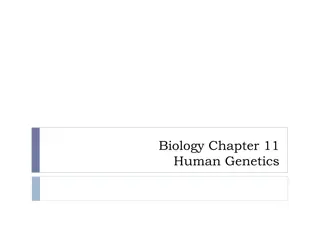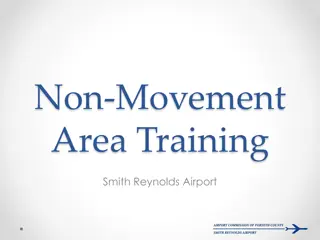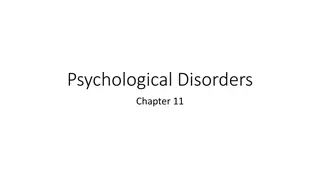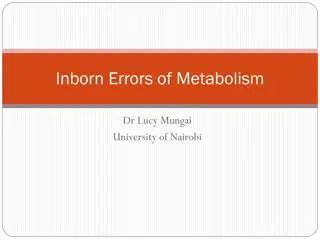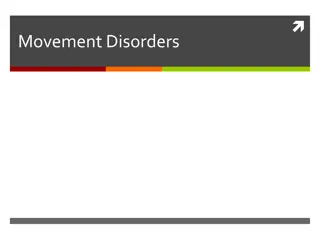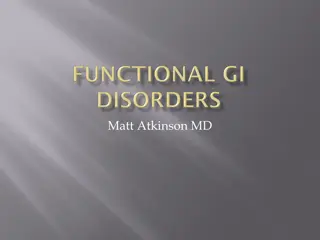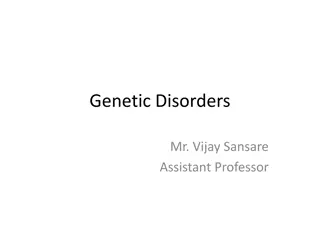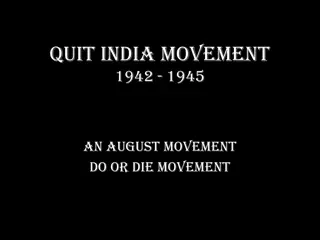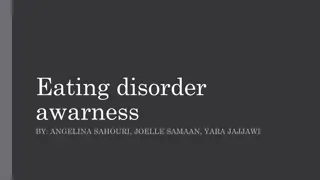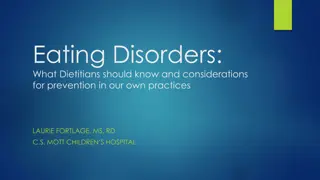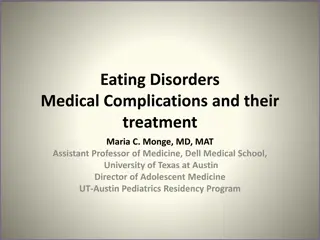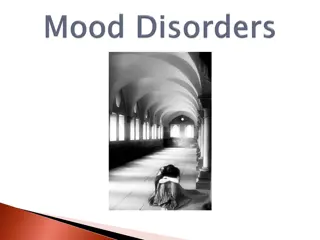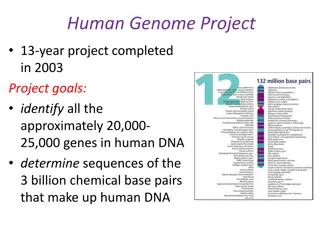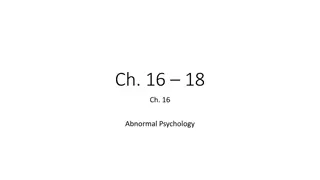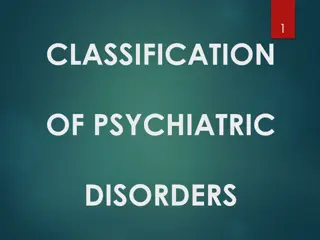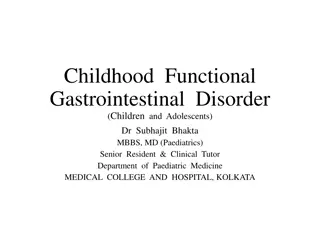Movement Disorders
Movement disorders encompass a range of conditions like myoclonus, chorea, hyperkinetic tremor, dystonia, and more. Parkinsonism, including Parkinson's disease, presents with rigidity, bradykinesia, and tremors. Non-motor symptoms and differential diagnoses are also discussed.
Download Presentation

Please find below an Image/Link to download the presentation.
The content on the website is provided AS IS for your information and personal use only. It may not be sold, licensed, or shared on other websites without obtaining consent from the author.If you encounter any issues during the download, it is possible that the publisher has removed the file from their server.
You are allowed to download the files provided on this website for personal or commercial use, subject to the condition that they are used lawfully. All files are the property of their respective owners.
The content on the website is provided AS IS for your information and personal use only. It may not be sold, licensed, or shared on other websites without obtaining consent from the author.
E N D
Presentation Transcript
Myoclonus Chorea Hyperkinetic Tremor Dystonia Abnormality of movement Others Hypokinetic Bradykinesia
definitions Chorea: Involuntary movements resulting from a continuous flow of random muscle contractions. Dystonia: Dystonia is a movement disorder characterized by sustained or intermittent muscle contractions causing abnormal, often repetitive, movements, postures, or both. Myoclonus: Involuntary single quick contraction of a muscle group (or its inhibition). Can be repeated but not rhythmic. Tremor: Involuntary rhythmic oscillatory movement around a joint axis Bradykinesia: Involuntary slowness of movement
Parkinsonism: Features of rigidity, bradykinesia, rest tremor Parkinson s Disease: The most common condition to present with parkinsonism Core features of Parkinsons disease: rigidity, bradykinesia, rest tremor +/- Postural instability. PD occurs due to the loss of substantia nigra dopamine releasing neurons.
Rigidity Abnormally increased resistance to movement that is independent of the velocity of the movement.
Bradykinesia Slowness of initiation with progressive reduction in speed and amplitude of repetitive action
Parkinsonian tremor 4-6 Hz Predominantly rest Re-emergence with maintained posture Increases with mental concentration
Non-motor symptoms Seen in Parkinsons Disease REMBD Anosmia Depression/anxiety Autonomic dysfunction Hallucinations Cognitive impairment
Parkinsonism and Impaired vertical gaze Progressive Supranuclear Gaze Palsy Involvement of other neurological systems (cerebellar signs and severe autonomic dysfunction) Multiple System Atrophy Cortical impairments (Sensory: Astereognosis, agraphesthesia, apraxia) Corticobasal degeneration Upper motor neuron signs Vascular Parkinsonism Drug induced Parkinsonism (ALWAYS ask about medication history, eg: metoclopramide and neuroleptics)
Investigations Investigations and Imaging is normal in typical PD Diagnosis is clinical
Management of PD Levodopa/Carbidopa (LD/CD) Dopamine agonists (Pramipexole, rotigotine) MAO B inhibitor (Selegeline, rasagaline) COMT inhibitors (Entacapone)-Prolongs activity of LD in blood Amantadine Anticholinergics Deep brain Stimulation-Used in (LD/CD responsive patients)
Red Flags If present suspect conditions other than PD: Neuroleptic/anti-emetic drug use Early/prominent autonomic dysfunction Limited eye movements Pyramidal, cerebellar or sensory symptoms Cognitive impairment
Essential tremor Most common movement disorder Slowly progressive action tremor, disappears at rest Worse with physical activity, caffeine, stress May temporarily improve after alcoholic beverages Hereditary, autosomal dominant Responds well to propranolol
Other disorders Chorea commonly associated with Huntington's disease and Seydenham s chorea Dystonia, could be generalized or focal, could be lesional, drug or idiopathic Ballismus, a large amplitude choreaform movement, seen after subthalamic strokes usually Myoclonus, seen during encephalopathies or drug related


